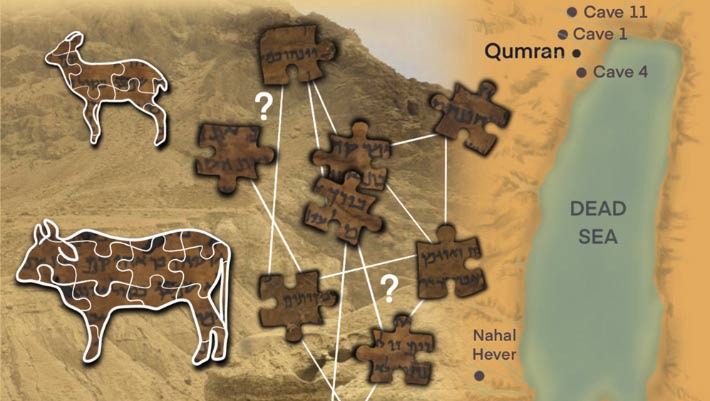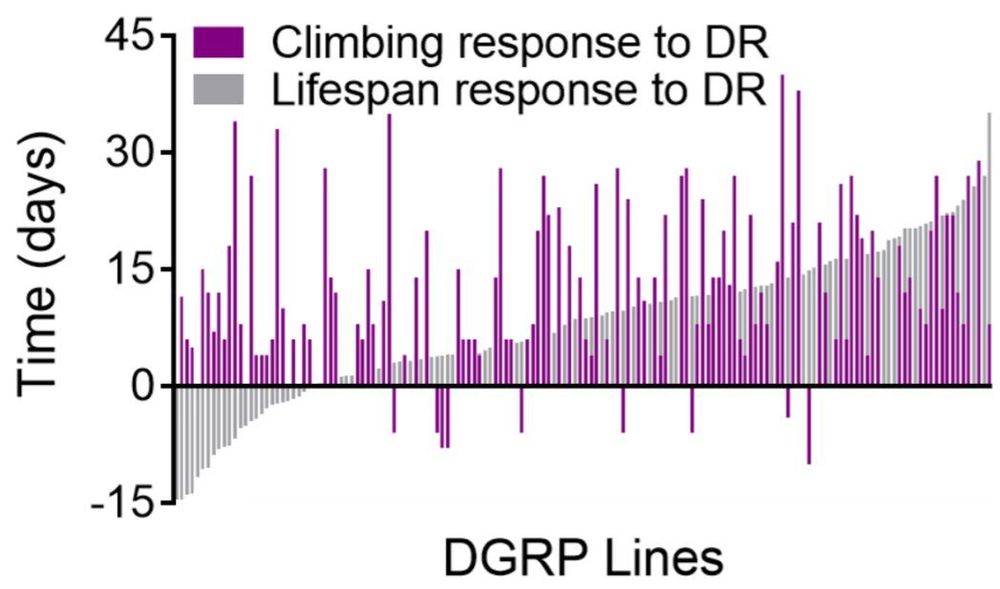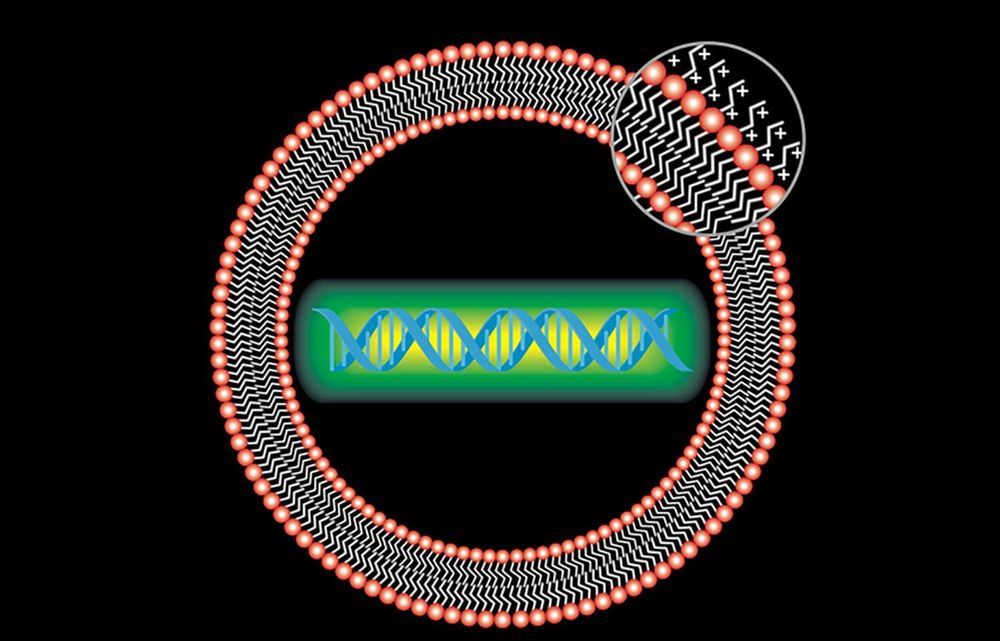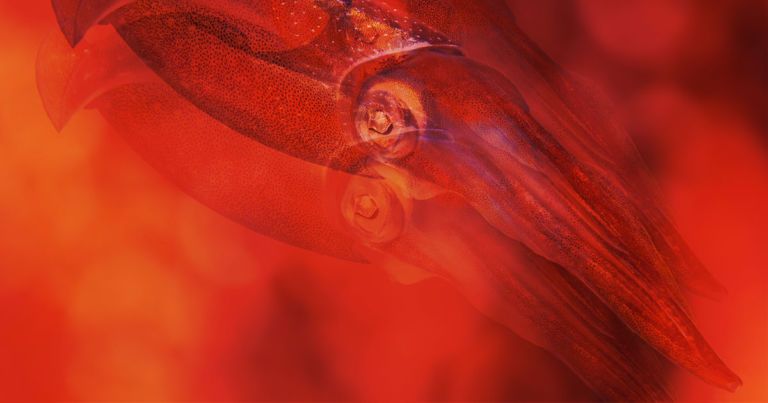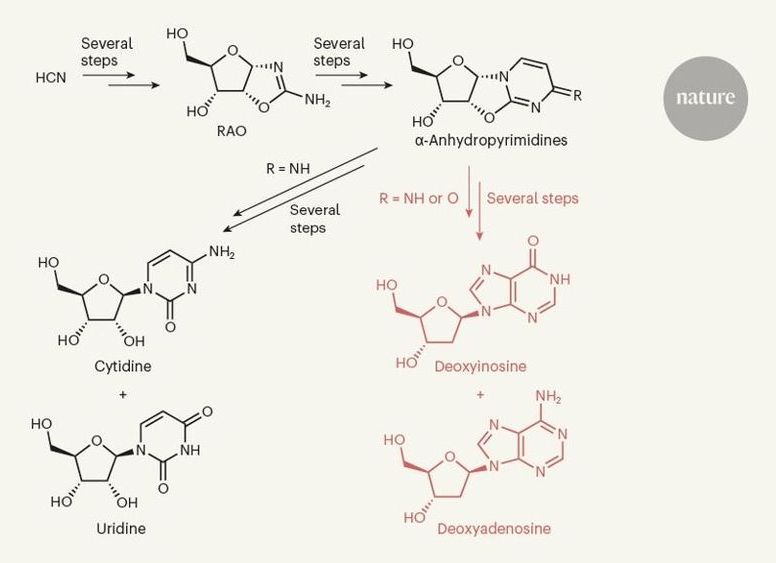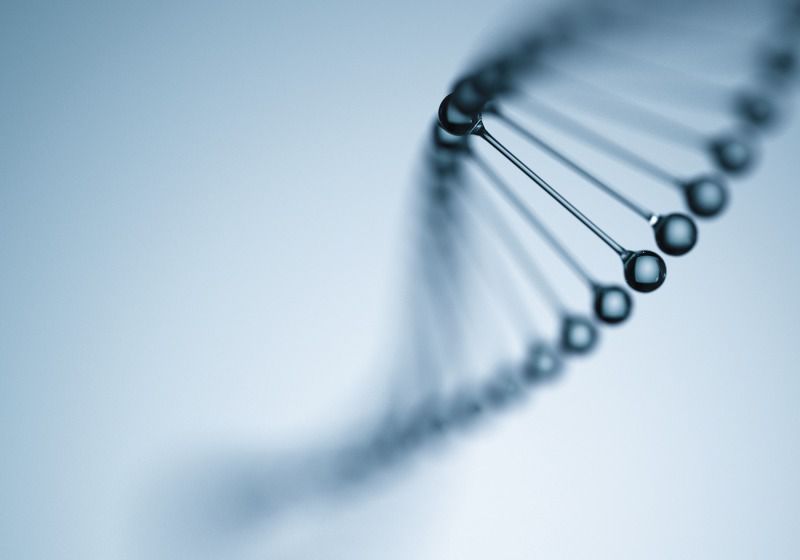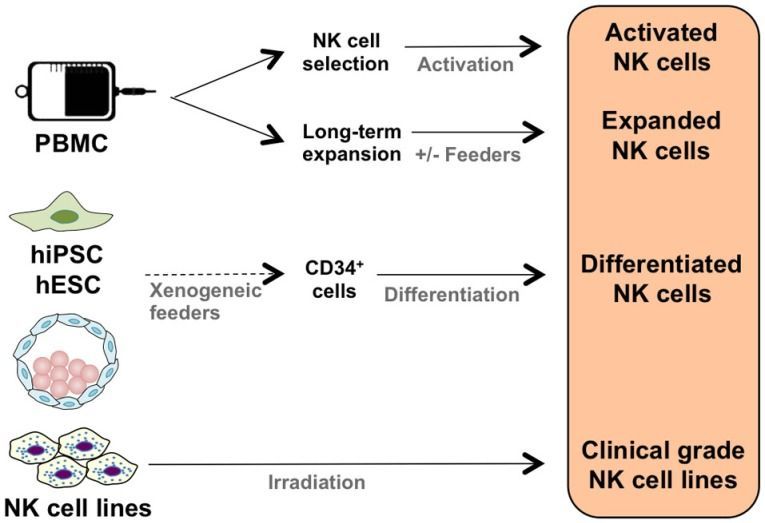Archive for the ‘genetics’ category: Page 314
Jun 5, 2020
Chronic stress? Limiting inflammatory signaling to specific brain circuits
Posted by Xavier Rosseel in categories: biotech/medical, genetics, neuroscience
Chronic stress has long been associated with the pathogenesis of psychological disorders such as depression and anxiety. Recent studies have found chronic stress can cause neuroinflammation: activation of the resident immune cells in the brain, microglia, to produce inflammatory cytokines. Numerous studies have implicated the inflammatory cytokine, interleukin-1 (IL-1), a master regulator of immune cell recruitment and activity in the brain, as the key mediator of psychopathology. However, how IL-1 disrupts neural circuits to cause behavioral and emotional problems seen in psychological disorders has not been determined.
…
The research team previously detailed how psychosocial stress results in peripheral immune activation, increased levels of circulating monocytes, and robust neuroimmunological responses in the brain. These responses include increases in IL-1 and other inflammatory cytokines, activation of brain glial cells and movements of peripheral immune cells to the brain, along with enhanced activity of specific neuronal pathways. The work makes it clear that inflammatory-related effects of stress are not just global effects, but are associated with increased IL-1 signaling within specific brain circuits.
The study shows for the first time that neuronal IL-1Rs in the hippocampus, a brain structure connected to learning and memory, is necessary and sufficient to mediate some of the behavioral deficits caused by chronic stress, pointing to a critical neuroimmune mechanism for the etiology of these types of disorders. Findings from the study augment the understanding of IL-1R signaling in physiological and behavioral responses to stress and also suggest that it may be possible to develop better medications to treat the consequences of chronic stress by limiting inflammatory signaling not just generally, which may not be beneficial in the long run, but to specific brain circuits.
Continue reading “Chronic stress? Limiting inflammatory signaling to specific brain circuits” »
Jun 5, 2020
Scientists Unravel Genetic Mysteries of Dead Sea Scrolls
Posted by Genevieve Klien in categories: biotech/medical, genetics
The discovery of the Dead Sea Scrolls had an incomparable impact on the historical understanding of Judaism and Christianity. ‘Piecing together’ scroll fragments is like solving jigsaw puzzles with an unknown number of missing parts. Because most of the 2,000-year-old scrolls were written on processed animal skin, an international team of researchers used DNA sequencing to ‘fingerprint’ fragments based on their genetic signature.
Jun 5, 2020
Eat less and live a long healthy life? Study shows ‘not in all cases’
Posted by Kevin Huang in categories: biotech/medical, genetics, life extension
An underlying assumption of research on aging holds that dietary restriction (and drugs that mimic its effects) will slow aging to extend both lifespan and healthspan jointly. While eating a Spartan diet has been shown to robustly extend lifespan and delay age-related diseases in many species, a genome-wide analysis of 160 genetically distinct strains of the fruit fly D. melanogaster shows that lifespan and healthspan are not linked under dietary restriction. Results are published in Current Biology.
Though on average lifespan was extended and healthspan was increased, researchers from the Kapahi lab at the Buck Institute say the devil is in the details. In the study researchers measured nutrient-dependent changes in lifespan and tracked age-related changes in physical activity to measure healthspan. While 97 percent of strains showed some lifespan or healthspan extension in response to dietary restriction, only 50 percent of strains showed a significantly positive response to dietary restriction for both. Thirteen percent of the strains were more vigorous, yet died sooner with dietary restriction; 5 percent lived longer, but spent more time in poor health. The remaining 32 percent of the strains showed no benefits or detriments to lifespan or healthspan, or negative responses to both.
“Dietary restriction works, but may not be the panacea for those wanting to extend healthspan, delay age-related diseases, and extend lifespan,” said Pankaj Kapahi, Ph.D., Buck professor and senior author on the paper. “Our study is surprising and gives a glimpse into what’s likely going to happen in humans, because we’re all different and will likely respond differently to the effects of dietary restriction. Furthermore, our results question the idea that lifespan extension will always be accompanied by improvement of healthspan.”
Jun 4, 2020
Scientists aim gene-targeting breakthrough against COVID-19
Posted by Quinn Sena in categories: bioengineering, biotech/medical, chemistry, genetics, nanotechnology
A team of scientists from Stanford University is working with researchers at the Molecular Foundry, a nanoscience user facility located at the Department of Energy’s Lawrence Berkeley National Laboratory (Berkeley Lab), to develop a gene-targeting, antiviral agent against COVID-19.
Last year, Stanley Qi, an assistant professor in the departments of bioengineering, and chemical and systems biology at Stanford University and his team had begun working on a technique called PAC-MAN—or Prophylactic Antiviral CRISPR in human cells —that uses the gene-editing tool CRISPR to fight influenza.
But that all changed in January, when news of the COVID-19 pandemic emerged. Qi and his team were suddenly confronted with a mysterious new virus for which no one had a clear solution. “So we thought, ‘Why don’t we try using our PAC-MAN technology to fight it?’” said Qi.
Jun 4, 2020
Scientists Gene-Hack Human Cells to Turn Invisible
Posted by Shane Hinshaw in categories: biotech/medical, genetics
Jun 4, 2020
A new 3D map illuminates the ‘little brain’ within the heart
Posted by Genevieve Klien in categories: genetics, neuroscience
Microscopy and genetic studies yield a comprehensive map of the nerve cells found in the heart of a rat.
Jun 4, 2020
How DNA and RNA subunits might have formed to make the first genetic alphabet
Posted by Genevieve Klien in categories: biotech/medical, genetics
Understanding the prebiotic origins of the nucleic acids is a long-standing challenge. The latest experiments support the idea that the first nucleic acid encoded information using a mixed ‘alphabet’ of RNA and DNA subunits. RNA and DNA nucleosides might have emerged together on prebiotic Earth.
Jun 1, 2020
Left-Handed DNA Has a Biological Role Within a Dynamic Genetic Code
Posted by Genevieve Klien in categories: biotech/medical, genetics
Once considered an unimportant curiosity, Z-DNA is now recognized to provide an on-the-fly mechanism to regulate how an RNA transcript is edited.
The Infant Gut Microbiome and Probiotics that Work.
Jun 1, 2020
Natural Killer Cell-Based Therapies Targeting Cancer: Possible Strategies to Gain and Sustain Anti-Tumor Activity
Posted by Quinn Sena in categories: biotech/medical, genetics
Circa 2015
Natural killer (NK) cells were discovered 40 years ago, by their ability to recognize and kill tumor cells without the requirement of prior antigen exposure. Since then, NK cells have been seen as promising agents for cell-based cancer therapies. However, NK cells represent only a minor fraction of the human lymphocyte population. Their skewed phenotype and impaired functionality during cancer progression necessitates the development of clinical protocols to activate and expand to high numbers ex vivo to be able to infuse sufficient numbers of functional NK cells to the cancer patients. Initial NK cell-based clinical trials suggested that NK cell-infusion is safe and feasible with almost no NK cell-related toxicity, including graft-versus-host disease. Complete remission and increased disease-free survival is shown in a small number of patients with hematological malignances. Furthermore, successful adoptive NK cell-based therapies from haploidentical donors have been demonstrated. Disappointingly, only limited anti-tumor effects have been demonstrated following NK cell infusion in patients with solid tumors. While NK cells have great potential in targeting tumor cells, the efficiency of NK cell functions in the tumor microenvironment is yet unclear. The failure of immune surveillance may in part be due to sustained immunological pressure on tumor cells resulting in the development of tumor escape variants that are invisible to the immune system. Alternatively, this could be due to the complex network of immune-suppressive compartments in the tumor microenvironment, including myeloid-derived suppressor cells, tumor-associated macrophages, and regulatory T cells. Although the negative effect of the tumor microenvironment on NK cells can be transiently reverted by ex vivo expansion and long-term activation, the aforementioned NK cell/tumor microenvironment interactions upon reinfusion are not fully elucidated. Within this context, genetic modification of NK cells may provide new possibilities for developing effective cancer immunotherapies by improving NK cell responses and making them less susceptible to the tumor microenvironment. Within this review, we will discuss clinical trials using NK cells with a specific reflection on novel potential strategies, such as genetic modification of NK cells and complementary therapies aimed at improving the clinical outcome of NK cell-based immune therapies.
Keywords: natural killer cells, adoptive cell therapy, immunotherapy, cancer, clinical trials, expansion, tumor microenvironment, genetic modifications.

